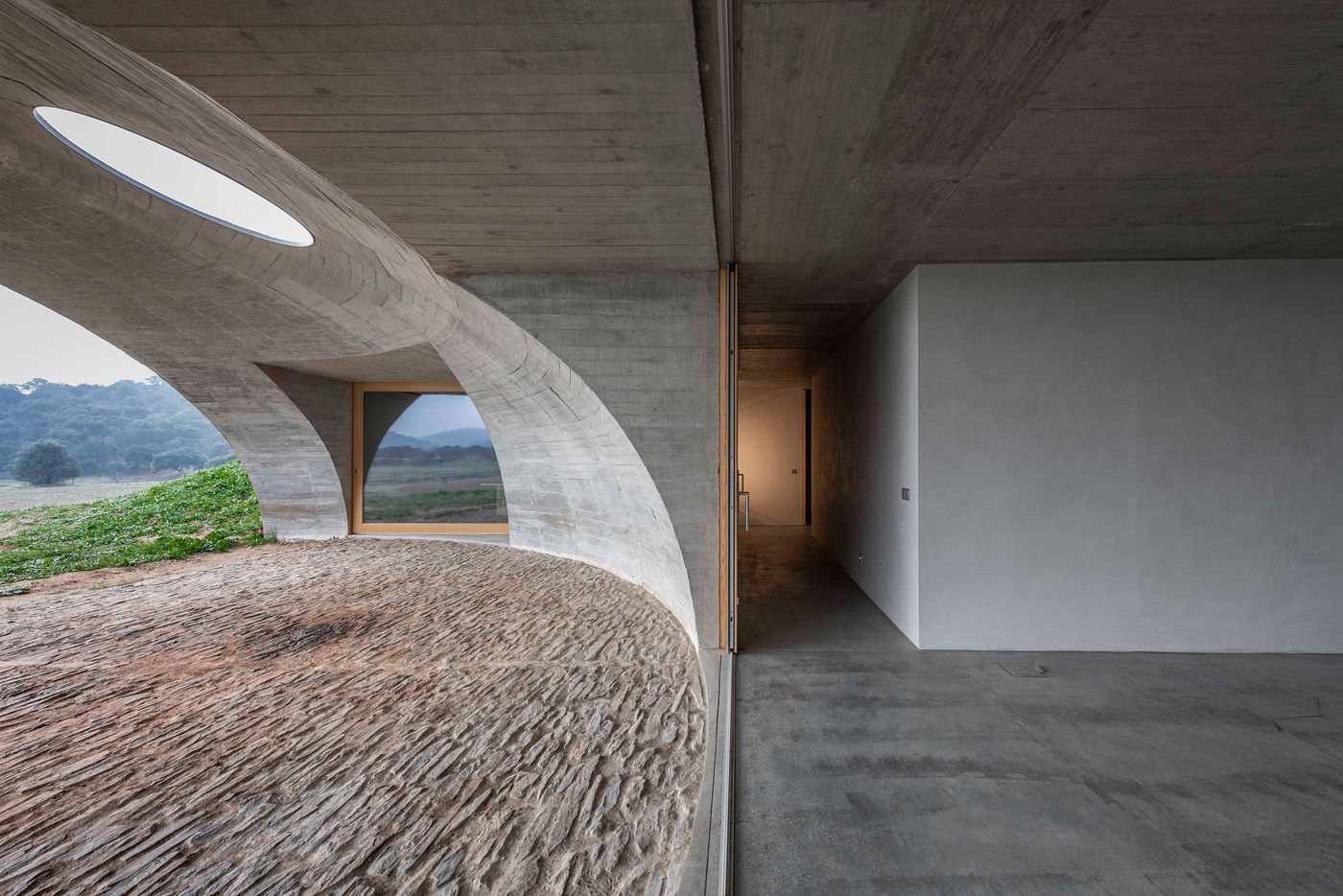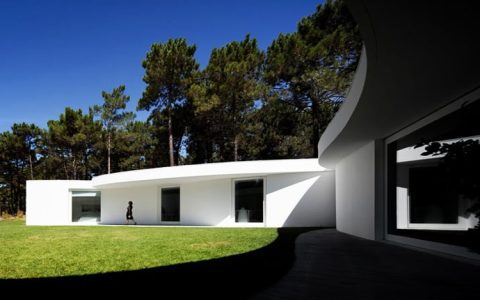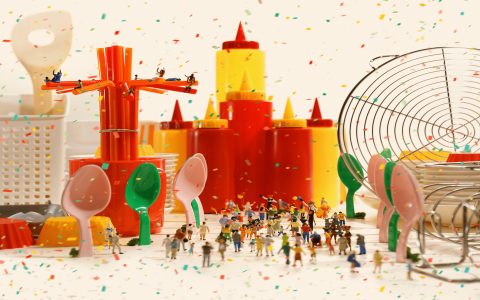Aires Mateus designs occupy a distinct niche within contemporary architecture, characterized by a profound exploration of void, light, and pure form. Comparing them broadly to "others" requires context, as "others" encompasses vast diversity. The "best" choice hinges entirely on project goals and values.
Aires Mateus: Core Strengths & Weaknesses
- Pros:
- Conceptual Rigor & Emotional Minimalism: Achieve profound spatial and atmospheric effects using exceptionally pared-down palettes (often mainly white and void). Focus is on light, shadow, volume, and emptiness as primary materials.
- Sculptural Monumentality & Simplicity: Create powerful, often monolithic forms that command attention through scale and geometric purity, evoking timelessness.
- Mastery of Void & Light: Transform absence (voids, recesses) into defining architectural elements. Light sculpts spaces deeply, creating rich sensory experiences.
- Timeless Quality: Eschews trends and overt technological expression, aiming for enduring relevance through fundamental architectural principles.
- Cons:
- Limited Material & Formal Palette: Heavy reliance on white (or near-white) finishes and simple geometric volumes can feel austere or repetitive to some. Variety is found in spatial sequence, not surface ornament.
- Potential Austerity/Coldness: The extreme minimalism and lack of color/texture might be perceived as cold, unwelcoming, or lacking human scale/warmth in certain contexts (e.g., residential).
- Less Emphasis on Programmatic Flexibility: Spatial concepts can be very strong and specific, potentially limiting adaptability over time compared to more neutral or flexible layouts.
- Construction Tolerance Demands: The simplicity exposes flaws; achieving the required perfection in plaster and concrete work demands exceptional craftsmanship and budget.
Comparing Common Architectural Approaches
High-Tech / Parametric Architecture (e.g., Foster, Hadid):
- Pros: Embraces technological innovation, complex forms, structural expression, transparency, adaptability. Often maximizes functionality and efficiency.
- Cons: Can appear impersonal or "machine-like"; high costs; complex maintenance; sometimes prioritizes form over context; technological focus risks quicker obsolescence.
Contextual / Regional Modernism (e.g., Siza, regional practices):

- Pros: Strong sensitivity to site, history, climate, and culture; often employs local materials and passive strategies; creates rooted, human-scaled spaces.
- Cons: May lack the striking conceptual boldness of Aires Mateus; might be seen as less innovative formally; solutions highly specific to context.
Expressive Materialism (e.g., Zumthor, Holl):
- Pros: Rich sensory experiences through materiality (texture, weight, patina), light, and atmospheric qualities; deep connection to place and craft; often evokes warmth.
- Cons: Can be highly specific and less conceptually abstract than Aires Mateus; sometimes slower or more expensive construction process; form can be secondary to material sensation.
Deconstructivism/Radical Form (e.g., Libeskind, early Gehry):
- Pros: High visual impact and dynamic, challenging forms; breaks conventions; creates iconic landmarks.
- Cons: Often prioritizes form over function; can be spatially inefficient or uncomfortable; high complexity and cost; maintenance challenges; contextual integration can be difficult.
Choosing "Best": Key Considerations
- Project Goals: Is it a contemplative cultural building (Aires Mateus strength) or a highly functional tech hub (High-Tech strength)? Need an iconic landmark (Parametric/Decon) or deeply contextual community space?
- Desired Experience: Seek serenity, monumentality, and spatial drama (Aires Mateus)? Or richness of material, coziness, cutting-edge imagery, or historical resonance?
- Budget & Craftsmanship: Can the budget support the flawless execution Aires Mateus demands? Can it sustain complex high-tech systems?
- Context: Does the site demand sensitivity (Contextualism) or call for a bold statement?
- Client Values: Prioritize timelessness and concept (Aires Mateus), innovation and technology, material warmth, or contextual harmony?
Aires Mateus offers a uniquely powerful, minimalist language centered on void, light, and elemental form. Its "best" application is in projects where conceptual strength, serene monumentality, and sensory spatial experience are paramount over material variety, overt expression, programmatic flexibility, or contextual blending. The "best" architecture arises when the design philosophy aligns perfectly with the project's specific purpose, constraints, and aspirations.






